Beyond Vanity Metrics: Measuring ROI in Social Media
Sep 20, 12 | 12:07 am
By Daniel Edward Craig
It’s that time of year again when hotel marketers are in the hot seat, trying to justify the money they’ve requested in next year’s budget. And no line item is more contentious than social media.
“You want how much?” barks the general manager. “Where’s the ROI?”
“Uh … well, we plan to increase our Facebook likes by 30% … and double our Twitter following … and, um … increase engagement.”
“Engagement? Engagement doesn’t fill rooms!”
The reality is, if you try to draw a direct line between social media and revenue you’re likely to come up short. This isn’t to say there aren’t significant revenue benefits to social media; they’re just hard to trace. A recent eConsultancy/Adobe survey of over 650 marketers worldwide found that only 12% are able to track the effects of social media activity on revenue.
And yet without hard metrics we have no accountability, no understanding of how social impacts business, and little idea of the strategies to pursue and the resources to dedicate. So we need to sort through the multitudes of available data to find meaningful insight and measurable results. Fortunately, there are tools to help.
But first, what are you measuring?
Without objectives, there’s nothing to measure. Above all, driving revenue must be behind everything we do—otherwise, why bother? A key metric here is attribution: assigning credit to the sources that lead to bookings.
Asking guests and clients how they heard about your hotel and why they booked will help, but it only tells part of the story. Travel planning is not a linear process. It can involve a multitude of sources, and like in hockey, the assist is as important as the goal.
Driving revenue is one of several objectives, all of which can contribute to the bottom line. According to Nielsen’s latest Trust in Advertising survey, consumers trust the opinions of other consumers more than any other advertising source. A primary objective of social media then must be to harness its powerful sharing tools to get people talking about and recommending your brand—to get them selling for you.
Other core objectives include building awareness, increasing guest satisfaction and managing reputation. Measuring ROI on these objectives isn’t that straight forward, either. But there are metrics that indicate our success, and they can be divided into Social, Review and Website Analytics. Track these metrics on a weekly basis and compile them into a report to present at monthly reviews and in the annual budget meeting.
1. Social Analytics
Adding a booking widget to your Facebook page is the most obvious way to monetize social media, but you’re not likely to see more than a trickle of rooms. People go to Facebook to socialize, not to shop.
So we rely on so-called “vanity metrics” like the number of followers on Facebook, Twitter, Google+, Pinterest and other networks. But they provide only a partial and sometimes distorted view. Your goal is to build a community of people with a shared affinity for your brand, not of people who liked your page to win a contest and will never pay for a room. Quality is more important than quantity.
For more meaningful insight we look at engagement. Facebook disclosed this year that the average post from a brand page is seen by only 16% of its fans. The EdgeRank algorithm determines who sees posts based on affinity, weight and recency. The more followers interact with your content, the more they and their friends will see.
So key metrics include Reach, Engaged Users, Talking About, Virality and Were Here, all accessible through Facebook Insights. We also need to know how we reach people, whether through Organic, Paid or Viral channels.
Similar analytics are provided by YouTube and Foursquare; for Twitter you can use a free tool like HootSuite. A paid integrated analytics tool will help you track activity on all major social networks.
2. Review Analytics
Guest reviews and ratings represent your most important metrics because they reflect guest satisfaction and are directly correlated with demand, conversions and the rates you can charge.
Aside from ratings and rankings on individual review sites and OTAs, key review metrics include aggregate scores across sites, review volume and sentiment, and comparisons to hotels in your comp set, region and group. You need to look at both big-picture and granular data here. Break metrics down by department and by attributes like service and cleanliness to identify areas of strength and weakness.
Much like commentary on social networks, review commentary is difficult to measure because it’s unstructured content and often contains mixed feedback. For meaningful insight, comments must be qualified as positive, negative or neutral and tracked over time to identify patterns. A reputation management tool like ReviewPro will aggregate, organize and score your reviews from across the Web and will analyze sentiment for actionable insight.
By digging deep into review analytics, you can analyze the impact of reviews on demand and rates on various channels—and vice versa—and use the data to optimize rates and distribution, all of which will lead directly to the bottom line.
3. Website Analytics
Your website remains your primary means of promoting your hotel online, and social media plays an increasingly important role. New features on Google Analytics help you determine which social networks drive visitors to your site, what visitors do on your site, and which pages are shared on social networks.
Further, Google provides attribution data like Last Interaction and Assisted Conversions as well as conversion paths to help you determine social media’s part in driving direct bookings at each online stage of the decision journey.
Again, be sure to assign booking and tracking codes to measure the results of specific campaigns and content as well as overall performance.
Additional Benefits
Other things to consider when assessing ROI include the influence of social activity and content on search engine visibility and rankings, the ability to execute highly targeted campaigns using social psychographics, and increases in direct bookings and loyalty generated by social connections. Moreover, there is great value in real-time feedback and significant cost savings compared to paid media and print collateral.
But be careful not to exaggerate the role of social media. Email blasts, OTAs and cost-per-click are more efficient means of driving direct revenue, and most travelers still book via traditional channels like Web, phone and GDS. Social media supports these activities by amplifying paid media and driving traffic to these channels.
Measuring social media ROI can be complex and imprecise, but it will get easier as social analytics become more integrated with CRM and revenue data. Make it a priority. It will help you get approval for the budget you need to do social effectively—making that hot seat just a little cooler.
Want to learn more? Join Josiah Mackenzie, experts from the hotel industry and me for our next ReviewPro webinar: In the Hot Seat: How to Measure ROI in Social Media.
About the Author
Daniel Edward Craig is a former hotel general manager turned consultant specializing in social media strategy and online reputation management. He collaborates with ReviewPro as Client Engagement Advisor.
ReviewPro aggregates millions of social media mentions, in over 20 languages, from hundreds of the most relevant online travel agencies, review websites and social media platforms.
For more info visit www.ReviewPro.com or www.DanielEdwardCraig.com
Copyright © 2012 Daniel Edward Craig.






